Design Tips for Small Bathroom Shower Areas
Corner showers utilize space efficiently by fitting into the corner of a bathroom, freeing up floor area for other fixtures or storage. These layouts often feature sliding or pivot doors, making them ideal for tight spaces.
Walk-in showers provide an open and accessible layout that can make a small bathroom appear larger. Frameless glass enclosures and minimalistic fixtures contribute to a sleek, modern look.

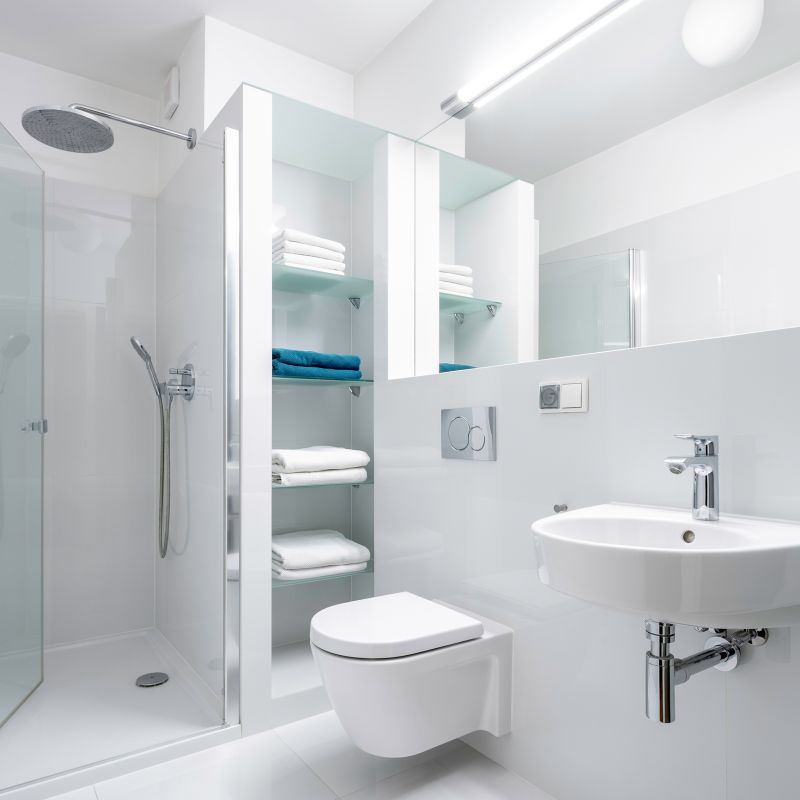
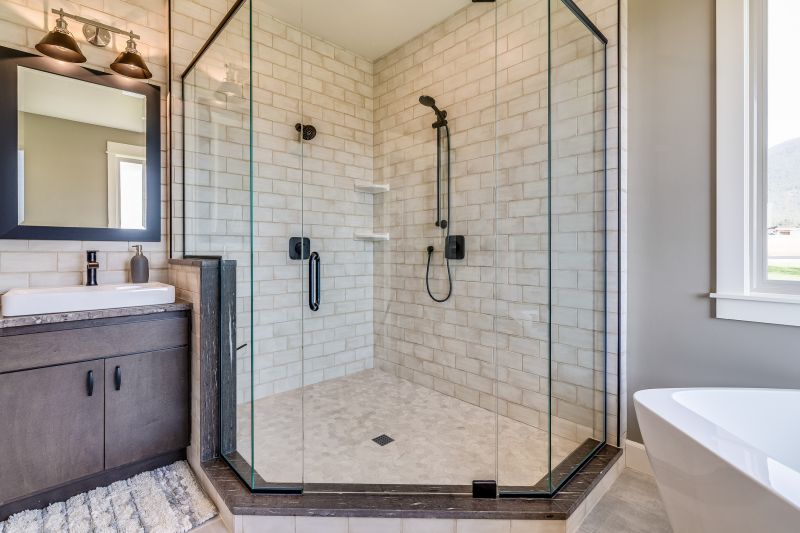
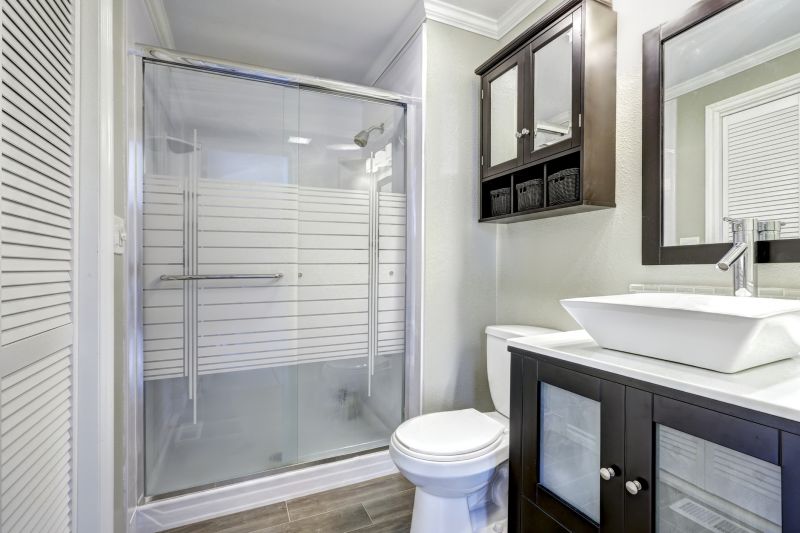
Optimizing space in small bathrooms often involves choosing shower enclosures that are both functional and visually unobtrusive. Frameless glass designs create a sense of openness, making the room appear larger and brighter. Incorporating built-in niches or shelves within the shower area provides storage for toiletries without taking up additional space. Additionally, using light colors and reflective surfaces can enhance the perception of space, creating a more inviting environment despite the limited square footage.
| Layout Type | Advantages |
|---|---|
| Corner Shower | Maximizes corner space, ideal for compact layouts |
| Walk-In Shower | Creates an open feel, accessible design |
| Recessed Shower | Built into the wall for seamless integration |
| Sliding Door Shower | Saves space with sliding doors instead of swinging |
| Curved Shower Enclosure | Softens angles and adds aesthetic appeal |
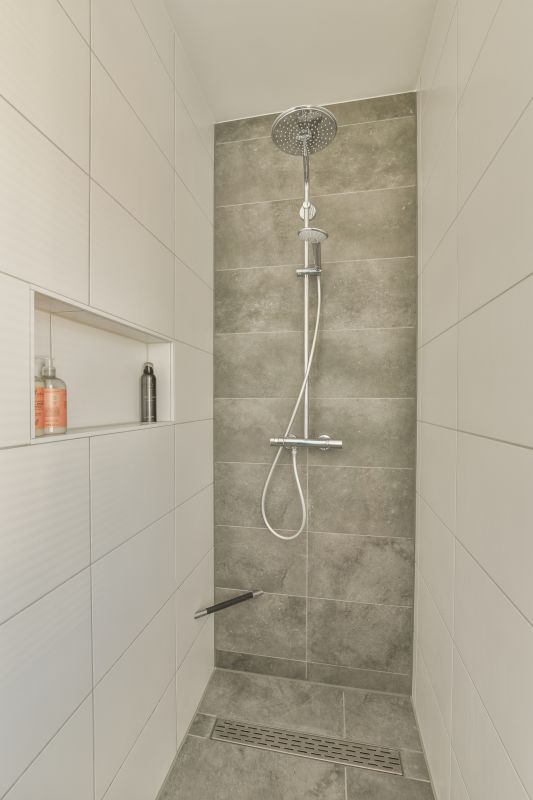
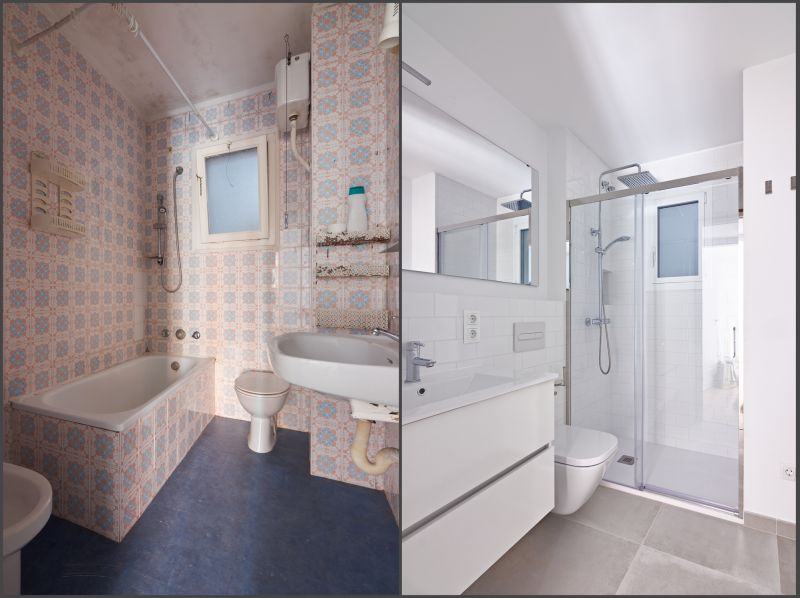
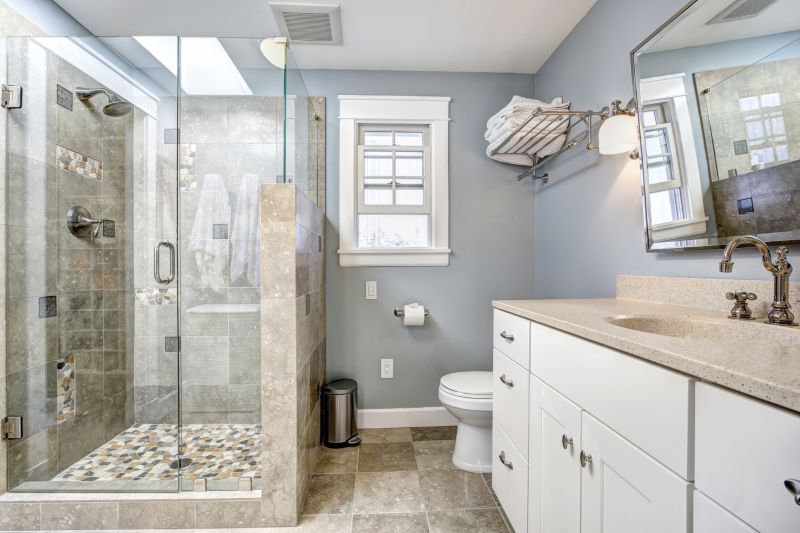
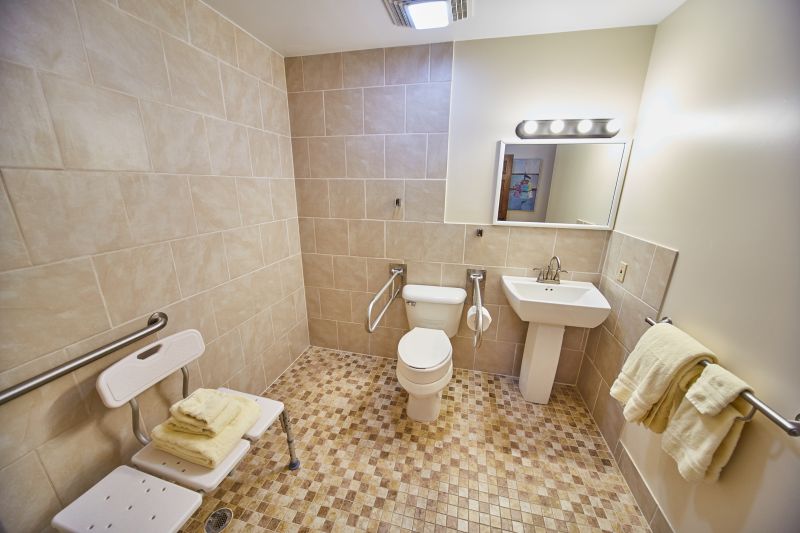
In small bathroom designs, every element must be carefully considered to optimize space and functionality. Choosing fixtures with a minimal footprint, such as slim-profile shower doors and compact controls, can make a significant difference. Lighting also plays a vital role; well-placed lighting fixtures can illuminate the space and make it appear larger. Ultimately, the goal is to create a shower environment that is both practical for everyday use and visually appealing, regardless of the limited space available.






